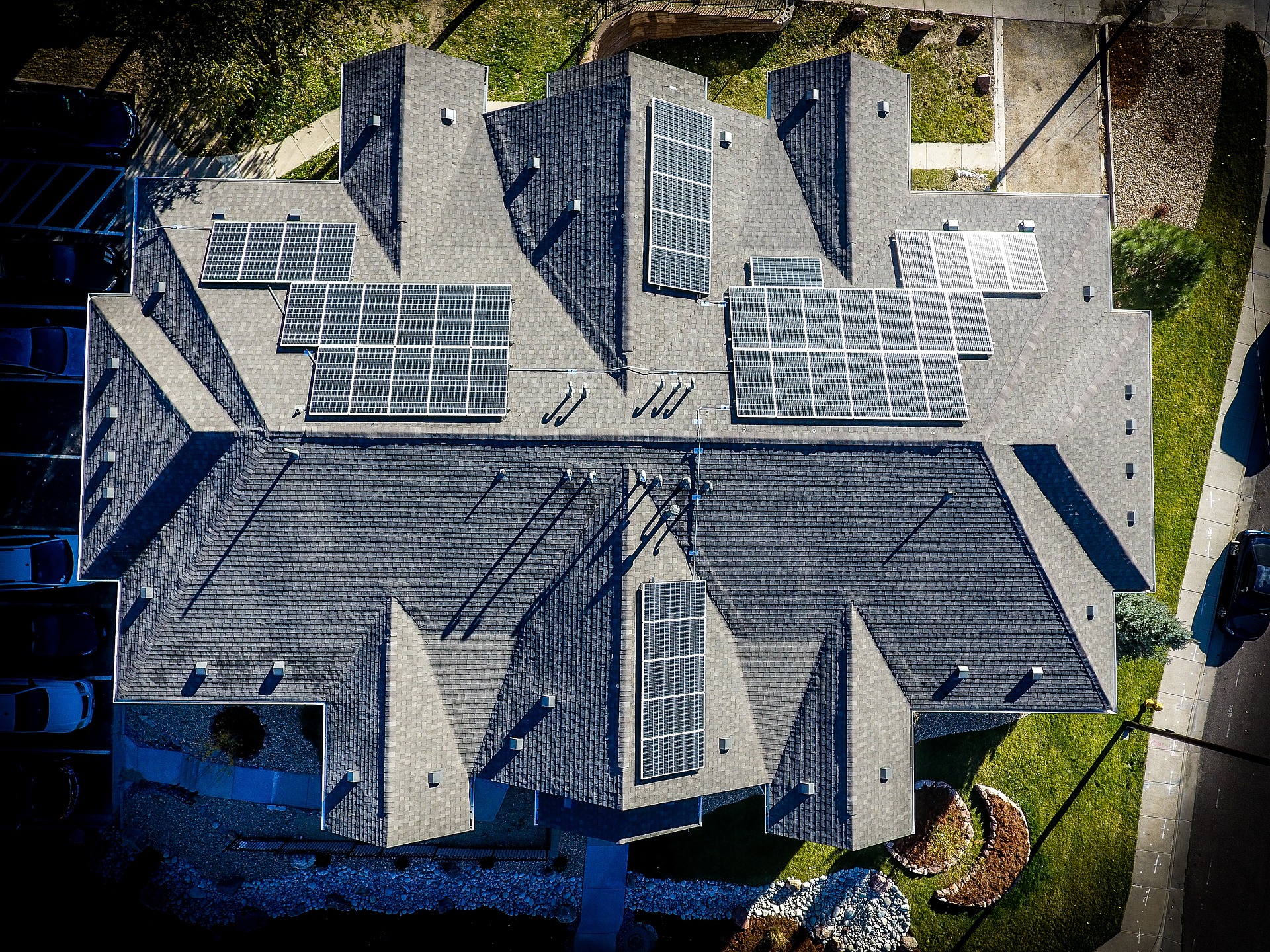Prefabricated Homes in Canada: A Buyer’s Guide to Modern, Ready-to-Move Living
Prefabricated homes are reshaping Canada’s housing market by providing efficient, affordable, and customizable options compared to traditional construction. Built on-site from factory-made modules, they attract buyers looking for speed, quality, and sustainability.

In Canada, prefab homes are gaining popularity among homeowners and developers who prioritize fast construction, high quality, and environmental responsibility. These homes are created in sections—often called modules or panels—and then delivered to the property for rapid assembly, substantially reducing build times versus conventional methods. With a variety of floor plans, finishes, and architectural styles to choose from, Canadian buyers can personalize prefab homes to fit their lifestyle and preferences. This guide covers the essentials of prefabricated homes, including their advantages, customization possibilities, sustainability, costs, and key factors when selecting a provider.
Understanding Prefabricated Homes
Prefabricated homes, also referred to as prefab or modular homes, are constructed in factory environments where house sections are produced under strict quality standards. These modules are transported to the building site in Canada and assembled into a full home. This differs from traditional on-site builds where homes are constructed piece by piece at the location. The factory setting offers several benefits, including consistent quality control and protection from weather delays common in Canada’s varied climate. Prefabrication allows builders to optimize material use, minimize waste, and speed up construction schedules. For Canadians facing long winters or unpredictable weather, this method helps decrease the chances of costly delays and damage during building.
The Benefits of Choosing Prefab Homes
A major appeal of prefab homes in Canada is their efficiency. Because sections are produced indoors, construction can continue year-round without interruptions from snow, rain, or extreme cold. This controlled atmosphere results in quicker build times—sometimes cutting construction duration by half compared to traditional on-site methods. Prefab homes also benefit from enhanced quality control as each module is inspected before leaving the factory. This reduces issues like drafts, leaks, or structural flaws that sometimes occur with on-site building. Additionally, streamlined manufacturing often leads to lower overall expenses, making homeownership more attainable for many Canadians.
Beyond speed and quality, prefab homes offer affordability that appeals in today’s market. While prices vary based on size, customization, and location, reduced labor and material waste contribute to competitive costs. However, buyers should also factor in land acquisition, site preparation, permits, and utility hookups to get a complete investment outlook.
Customization Options for Prefab Homes
Contrary to some beliefs, prefab homes are far from cookie-cutter. Canadian manufacturers provide a broad array of design options, including diverse floor plans, exterior designs, and interior finishes. Many companies collaborate with customers to produce custom layouts tailored to individual preferences and needs. Whether you favor a sleek modern style, a cozy cottage feel, or a traditional farmhouse look, prefab homes can fulfill your vision. Interior arrangements can be modified to include flexible living areas, extra bedrooms, or energy-saving features like triple-pane windows and solar-ready roofs. This degree of personalization enables Canadians to enjoy factory-built homes without sacrificing uniqueness or style.
Environmental Impact and Sustainability
Sustainability is an increasing priority for Canadian homebuyers, and prefab homes often surpass traditional construction in this aspect. Building in a factory setting allows for more efficient material use, significantly cutting down on waste typically generated on conventional building sites. Many Canadian prefab manufacturers also emphasize eco-friendly materials and energy-efficient designs. Features such as superior insulation, energy-saving HVAC systems, and renewable energy options contribute to lower utility bills and a reduced carbon footprint. As Canada progresses toward greener building standards and climate objectives, prefab homes present a progressive approach to sustainable living.
Cost Considerations and Affordability
When budgeting for a prefab home in Canada, understanding the full cost scope is crucial. Although the base price for the home itself typically runs lower than an equivalent traditionally built house, additional expenses can include land purchase, site preparation (like foundation and grading), permits, and utility hookups. Costs vary widely depending on size, customization, and geographic location—with urban versus rural areas presenting different price ranges. Prospective buyers should collect multiple quotes from reputable Canadian prefab home providers and include these extra charges to develop a realistic budget. Despite these factors, prefab homes remain an economical alternative, especially for those seeking to cut construction times and avoid weather-related delays and labor shortages.
Comparing Prefab Home Providers in Canada
Selecting the right prefab home provider is essential. While many large manufacturers operate in the U.S., Canada has a growing network of prefab builders and designers offering a range of options suited to local climate and regulatory requirements. Buyers should research providers thoroughly by reviewing portfolios, customization offerings, pricing, and customer feedback. It’s recommended to request detailed quotes and inquire about warranties, financing possibilities, and after-sales support to ensure a seamless homebuilding process.
The Future of Prefabricated Housing in Canada
With advancing technology and increasing sustainability demands, Canada’s prefab housing sector is set for considerable expansion. Innovations in building materials, design technology, and factory techniques will continue enhancing the quality, affordability, and environmental performance of prefab homes. The capability to deliver high-quality, customized homes quickly and potentially at lower costs makes prefab an appealing solution to Canada’s ongoing housing challenges. As more Canadians adopt this contemporary method, prefabricated homes will become a fundamental part of the country’s residential construction future.
Conclusion
Prefabricated homes provide Canadian buyers with a compelling combination of efficiency, affordability, and customization, becoming a more popular choice in today’s housing market. With shortened build times, superior quality control, and a reduced environmental impact, prefab homes are changing the way Canadians approach building and owning a home. As the industry evolves, prefab housing will play a vital role in meeting Canada’s demand for affordable, sustainable housing. Whether you’re a first-time buyer or considering downsizing, exploring prefab options could be the smart step toward your ideal home.
The information in this article is accurate as of the publishing date. For updated details, please conduct independent research or consult with local prefab home experts.
Disclaimer: All content, including text, graphics, images and information, contained on or available through this web site is for general information purposes only. The information and materials contained in these pages and the terms, conditions and descriptions that appear, are subject to change without notice.




